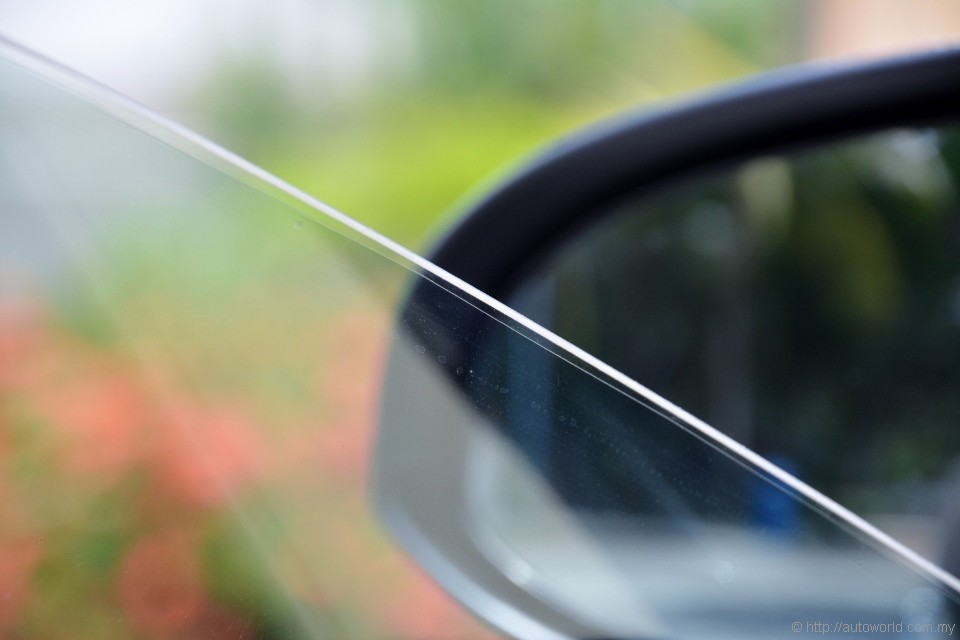3M – Darker films do not necessarily reject more heat
Public debate continues on the controversial Ops Germin Gelap initiative by the Road Transport Department (JPJ) to regulate the usage of window films amongst motorist and banning excessively dark films altogether. Even as the original mooted implementation date of 16 June draws closer, there is still much uncertainty surrounding the issue, and latest reports indicate that the operation is being postponed pending ‘further study’.
To recap, JPJ mandates that the windscreens of all motor vehicles must allow 70% transmissibility of visible light through the front and 50% through the side. Exceptions are allowed for vehicles belonging to royalty, Government, enforcement agencies, and individuals with doctor-verified medical conditions.
It is also important to remember that the window panels themselves do not start with 100% visible light transmission, the above regulations describe the combined transmissibility of visible light through the film and the window glass.
Malaysian motorists place great importance to tinted films, which are fitted to almost every car on the road today. When you buy a new car, even if the option is not officially offered, you can rest assured that your sales advisor will work something out for you, throwing it in either as a free gift or having it fitted before delivering your car.
The original purpose of tinted films, which is still the primary reason for their use today, is to deflect heat from the cabin on bright sunny days. The rise of smash-and-grab robbery cases in recent years, however, have given rise to a new niche in the industry for security films, which are designed to hold pieces of a broken window together in the event it is being smashed. It doesn’t prevent breakage, but it does make reaching into the car and grabbing your handbag much more difficult.
With such great importance attached to these products, the proposed crackdown unsurprisingly generated much furore amongst Malaysian consumers. At this point, it must be noted that the ruling itself is not new and has not been changed by JPJ for as long as we know its existence. There is also no such thing as a JPJ-approved tint film – companies can say their films comply with JPJ regulations, but they cannot use the word approved.
As a major supplier of automotive window films in the country, 3M Malaysia naturally has a major interest in developments regarding this matter and the company issued a statement earlier this week highlighting the need for greater public education and awareness on the issue and also pointing out its own range of high-performance window films that delivers high heat rejection rates whilst allowing high visible light transmission.
Quoting the company’s Senior Division Manager of Communication Markets Division and Renewable Energy Division, Mr Thomas Choo, 3M’s statement stated the company’s belief that proper enforcement of the ruling against dark-tinted window films will be an important aspect in improving road safety.
“There is a common misconception that darker films mean better heat rejection. Given the Malaysian weather and with the element of safety, most car owners still believe thicker and darker window films are safer and cooler. However, automotive window film technology has widely evolved and advanced today. With over 70 years of experience as the leader in safety innovation and as a pioneer in window films, 3M is continuously designing window films that generate superior solar heat performance and deter crime without blacking out car windows,” Choo elaborated.
“We at 3M Malaysia believe that education is the most important aspect to kick start this operation – without providing Malaysians with the right solutions to debunk their perception that darker shades of window films provide better heat rejection and safety, it will not be as easy to move them towards adhering to the standard visible light transmissions (VLT) rates,” he concluded.






















